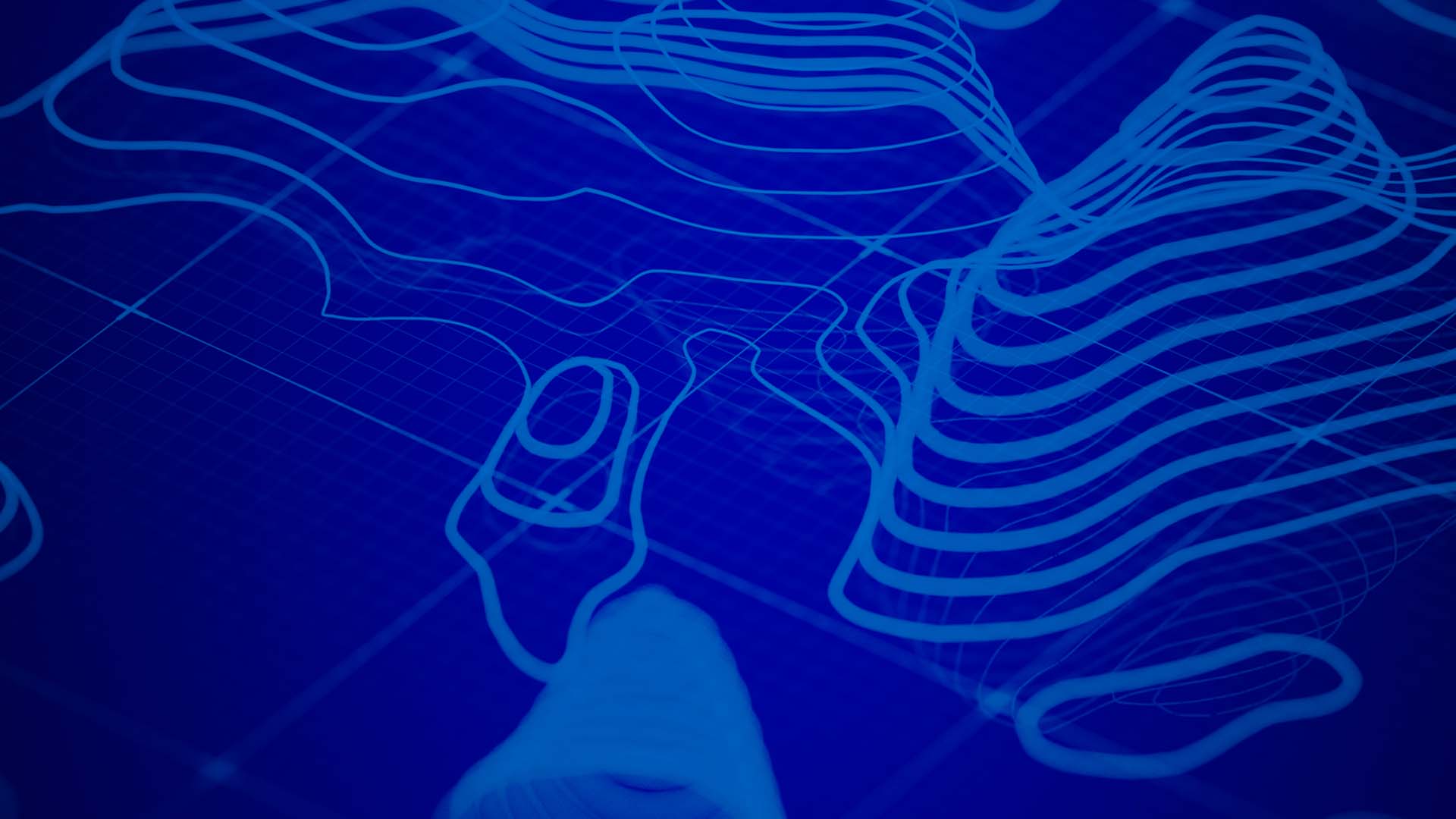Putting remotely sensed image data to work
Imagery provides more than just plain pictures. Some sensors detect energy beyond what is humanly visible, allowing us to “see” across broad swaths of the electromagnetic spectrum. This enables scientists, geologists, farmers, botanists, and other specialists to examine conditions, events, and activities that would otherwise be hidden. The implications are profound and the applications are seemingly endless.
Expanding your point of view
Every day, the earth is directly imaged from scores of sensors in the sky and from orbit in space. Almost everything that happens is measured, monitored, photographed, and explored by thousands of imaging devices mounted on satellites, aircraft, drones, and robots. Much of this information ends up as imagery that is integrated into a large living, virtual GIS of the world, deployed on the web.
Some of these sensors see beyond what our eyes see, enabling us to view what’s not apparent. Multispectral imagery measures and captures this information about a world that has many more dimensions than just the colors of the rainbow—it sees past the limits of what our eyes perceive.
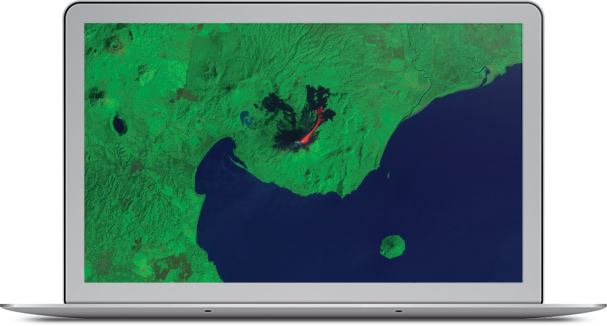
Other active sensor technologies such as lasers and radar beam out signals that are reflected back at the speed of light, adding even more information to the collective repository. Some image sensors can see through clouds and under trees. Some detect things too subtle for any of our senses to distinguish. The richness and immediacy of this information is leading to a heightened understanding of the natural processes and human activities that influence our communities and environment. The ability to gather and exploit these new information sources is increasingly important to GIS practitioners.
This has been the mission of the remote sensing community since the first camera went up in an aircraft, and today the output from these sensors, across all the spectral ranges, is absolutely essential in enabling people to make better decisions.
The new kinds of multispectral sensors used in scientific work and analysis function the same way in GIS as the traditional natural light scenes; the basic principles are the same. These days, the speed and extent of collection and transmission means that the information is more immediate than ever, enabling us to make vital comparisons in near real-time after major man-made and natural events occur.
Marine mammal detection
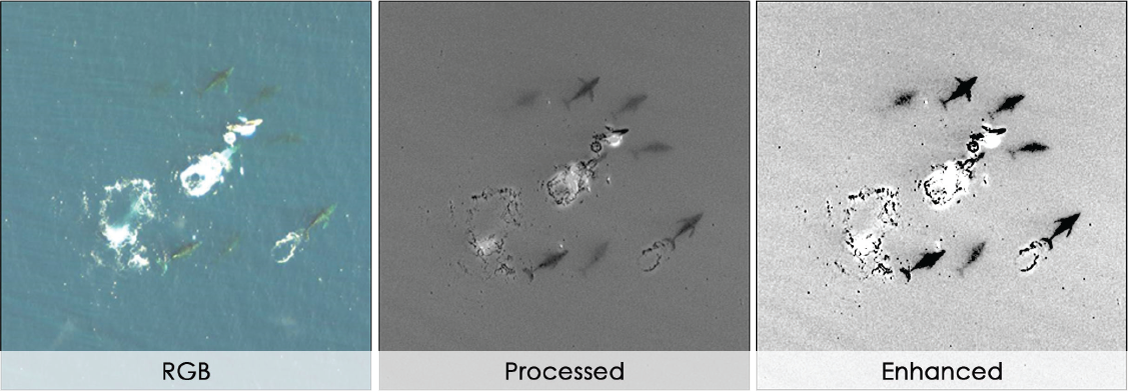
For those involved with marine mammal surveillance, infrared analysis in both daytime and nighttime conditions is an effective means of building accurate species inventories.
Coastal dynamics of erosion risk
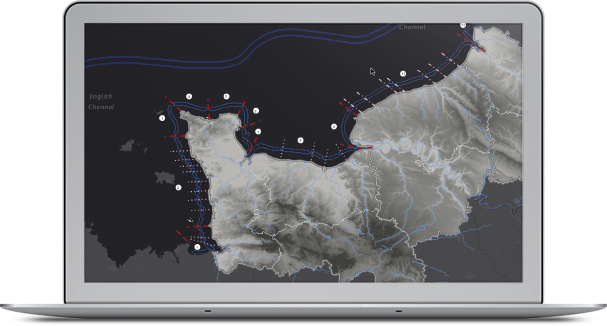
The French organization Réseau d’Observation du Littoral Normand et Picard uses imagery for several platforms to study the evolution of the coastline from Normandy to Picard. Presented in French, this stunning story map tracks the transit of sediments, sands, and gravel in the coastal strip as carried out by the action of tidal currents, waves, and prevailing wind. Coastal erosion is having a significant impact on the beaches and cliffs.
Monitoring severe floods


This comparison of two images in the west of Serbia shows two rivers overflowing extensively into the surrounding fields following a major flood in 2014. The towns of Krupanj and Obrenovac in Serbia are completely flooded. The ground and various parcels of land are completely hidden by water and mud. The image on the left is a TerraSAR-X radar image taken the night the flooding started, already showing breaches in the earthen dams, followed by an optical SPOT image (right) taken once the cloud cover reduced, and displaying the full devastation of the flood breach. © CNES 2013-2014, Distribution Airbus DS
Mining imagery for mineral patterns
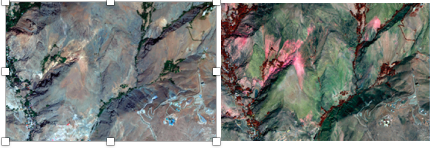
These views from near Tehran, Iran, show a natural color band image on the left and short-wave infrared (SWIR) image on the right. Note how one particular rock top pops out in pink using the SWIR bands and is not as easily discernible in the natural color band combination. The variation in rock types allows analysts to easily identify specific mineral patterns, greatly narrowing the search areas for particular materials.
—–
This post is excerpted from The ArcGIS Imagery Book: New View, New Vision. Imagery is suddenly a big deal, and those who are adept at finding it, analyzing it, and understanding what it actually means are going to be in demand in the years ahead. The purpose of this book is to help everyone from GIS professionals to app developers, and web designers to virtually anyone how to become smarter, more skillful, and more powerful appliers of image data. The book is available through Amazon.com and other booksellers, and is also available at http://www.TheArcGISImageryBook.com for free.
